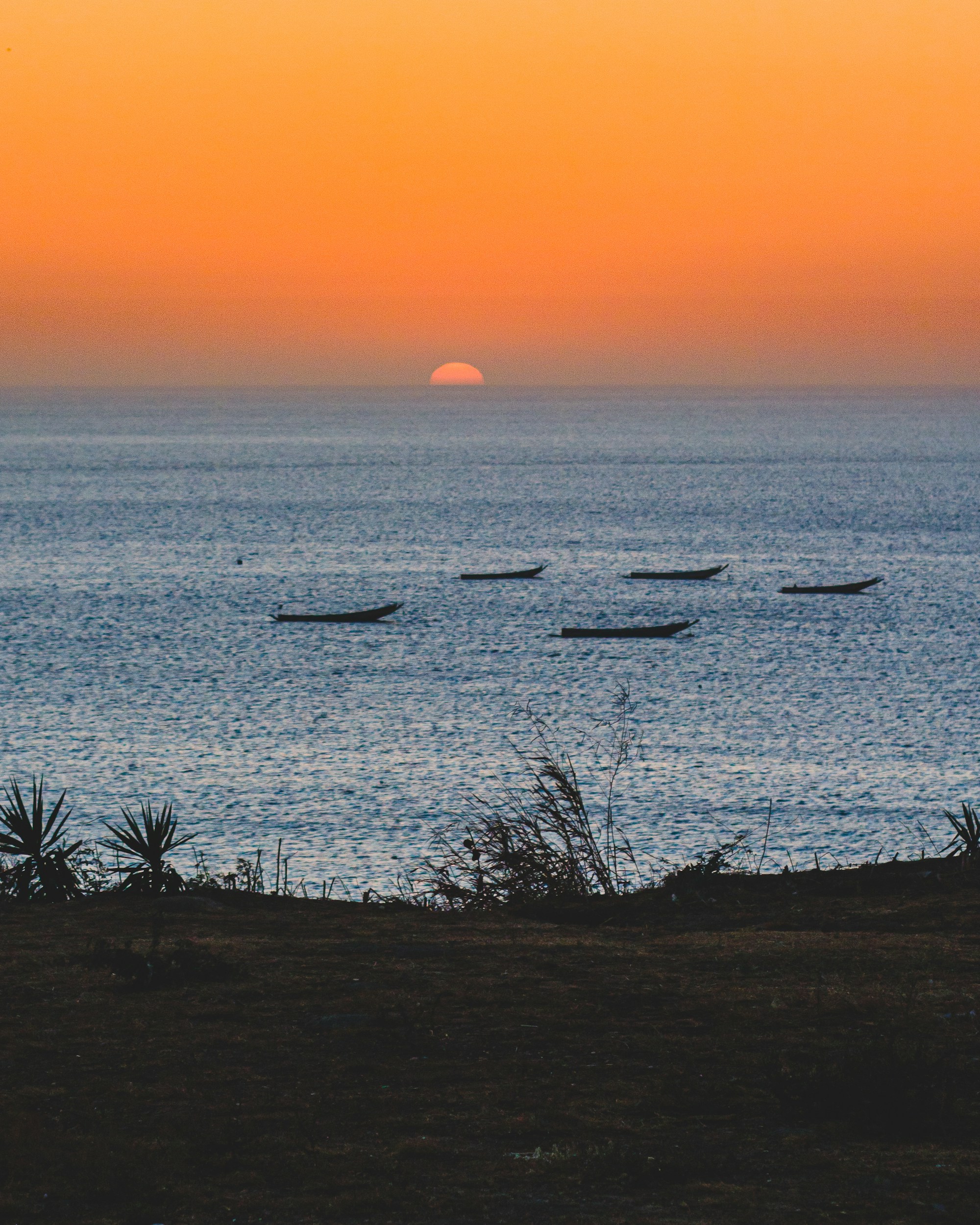Cultural Exploration: Senegal's Traditions & Celebrations

Travel Guide: Senegal's Traditions & Celebrations
About Senegal
Located in West Africa, Senegal is a vibrant and culturally rich country known for its beautiful landscapes, bustling cities, and warm hospitality. With a population of over 16 million people, Senegal is home to a diverse range of ethnic groups, each with their own unique traditions and celebrations.
Traditional Clothing
One of the most distinctive aspects of Senegalese culture is its traditional clothing. Men often wear a boubou, a flowing gown made of colorful fabric, paired with a matching cap called a mbari. Women, on the other hand, traditionally wear a brightly colored wrapper called a pagne, which is wrapped around the body and can be worn with a matching headscarf known as a moussor.
Music and Dance
Music and dance play a central role in Senegalese culture. The country is famous for its vibrant music scene, with genres like mbalax, a fusion of traditional Senegalese rhythms, jazz, and Latin music, taking center stage. Senegalese dances, such as the sabar and the djembe, are not only a form of entertainment but also a significant part of religious and social ceremonies.
Religious Celebrations
Senegal is predominantly Muslim, and Islamic holidays are widely celebrated throughout the country. One of the most important religious celebrations is Eid al-Fitr, which marks the end of Ramadan, the Islamic holy month of fasting. During this time, families come together to pray, exchange gifts, and enjoy festive meals.
In addition to Islamic holidays, Senegal also celebrates various Christian holidays, such as Christmas and Easter, which are observed by the Christian community with religious services and family gatherings.
Tabaski (Eid al-Adha)
One of the most significant cultural and religious celebrations in Senegal is Tabaski, also known as Eid al-Adha. This Islamic festival commemorates the willingness of Abraham to sacrifice his son as an act of obedience to God. During Tabaski, families come together to slaughter a sheep, which is then shared with relatives, neighbors, and the less fortunate.
Tabaski is a time of feasting, prayer, and generosity. It is customary for people to dress in their finest attire and visit relatives and friends to exchange greetings and gifts. The celebration lasts for several days and is a time for reflection, renewal, and strengthening family bonds.
Senegalese Cuisine
A visit to Senegal would not be complete without experiencing the country's unique and flavorful cuisine. Traditional Senegalese dishes often feature ingredients such as fish, chicken, lamb, vegetables, and rice.
One famous dish is thieboudienne, a flavorful rice and fish dish cooked with tomatoes, onions, and various spices. Yassa, a marinated chicken or fish dish served with onions and lemons, is another popular delicacy. For those with a sweet tooth, try the mouthwatering bissap, a refreshing hibiscus drink commonly enjoyed during special occasions.
Art and Crafts
Senegal is known for its vibrant arts and crafts scene. Traditional handcrafted items such as pottery, woodwork, textiles, and jewelry showcase the country's rich cultural heritage. Visitors can explore local markets and shops to find unique souvenirs and support local artisans.
Visit Senegal and Explore Its Traditions
Senegal offers a unique opportunity to immerse yourself in a rich tapestry of traditions and celebrations. From the colorful clothing to the lively music and dance, every aspect of Senegalese culture is a feast for the senses. So pack your bags, explore the bustling markets, indulge in delicious cuisine, and experience the vibrant traditions of Senegal.
